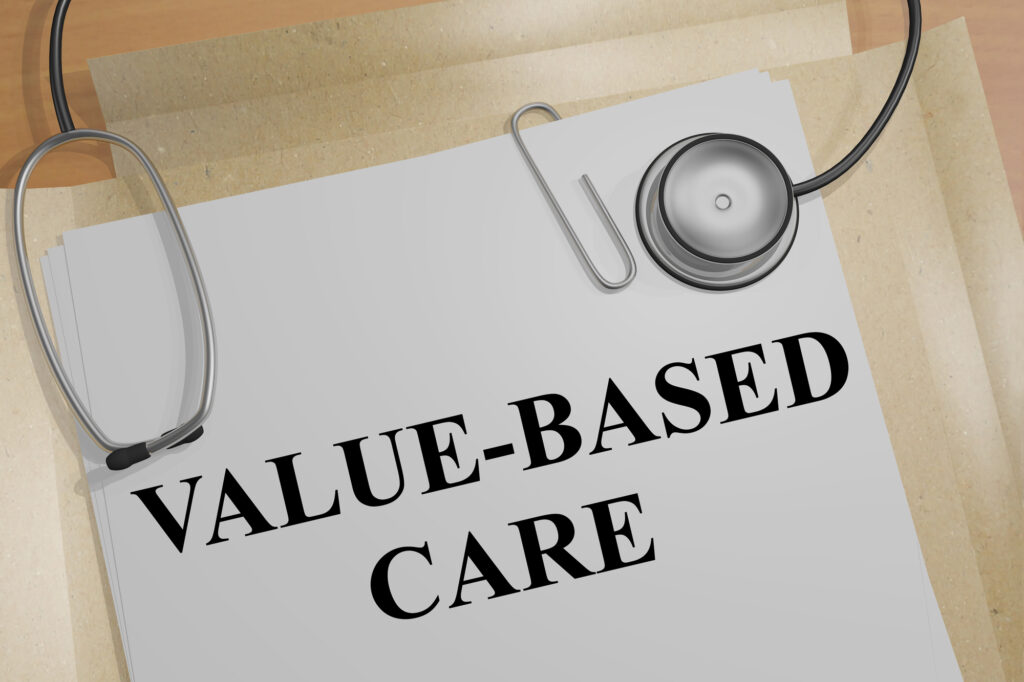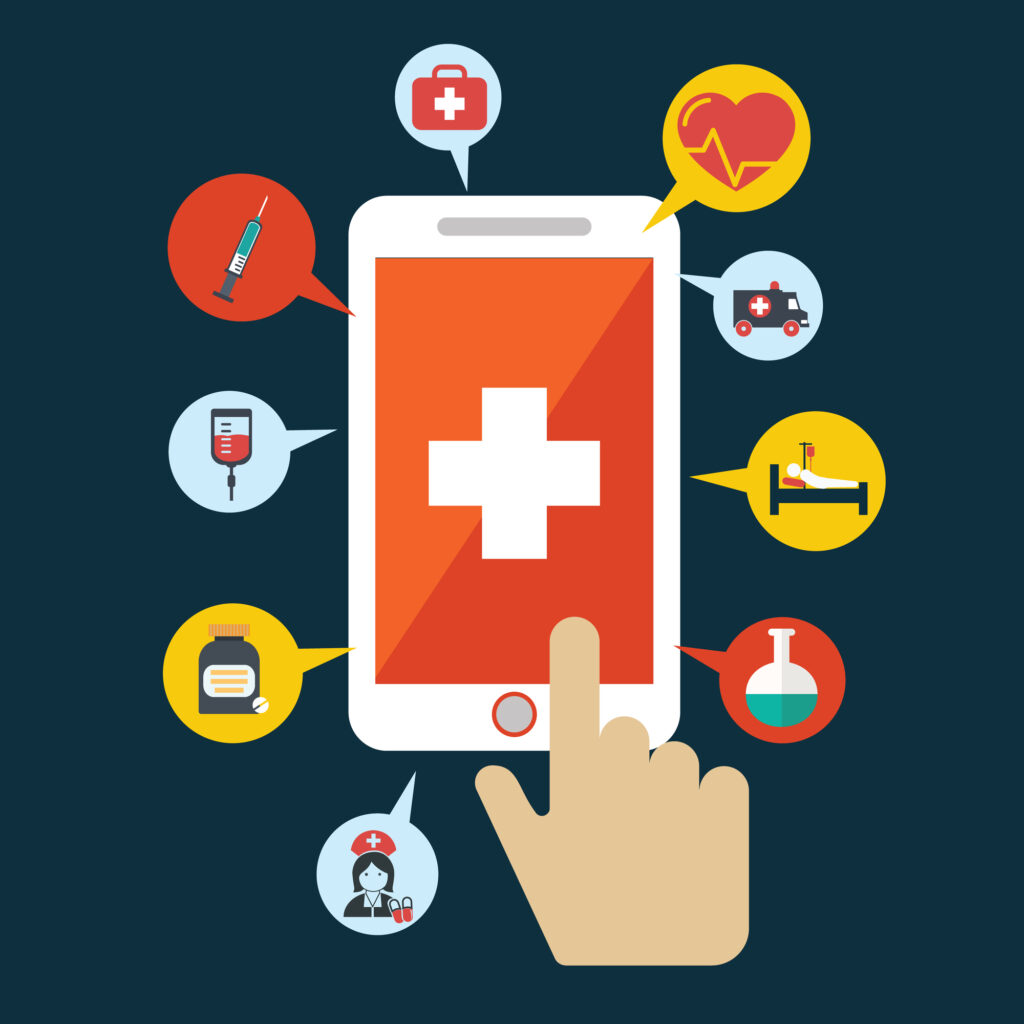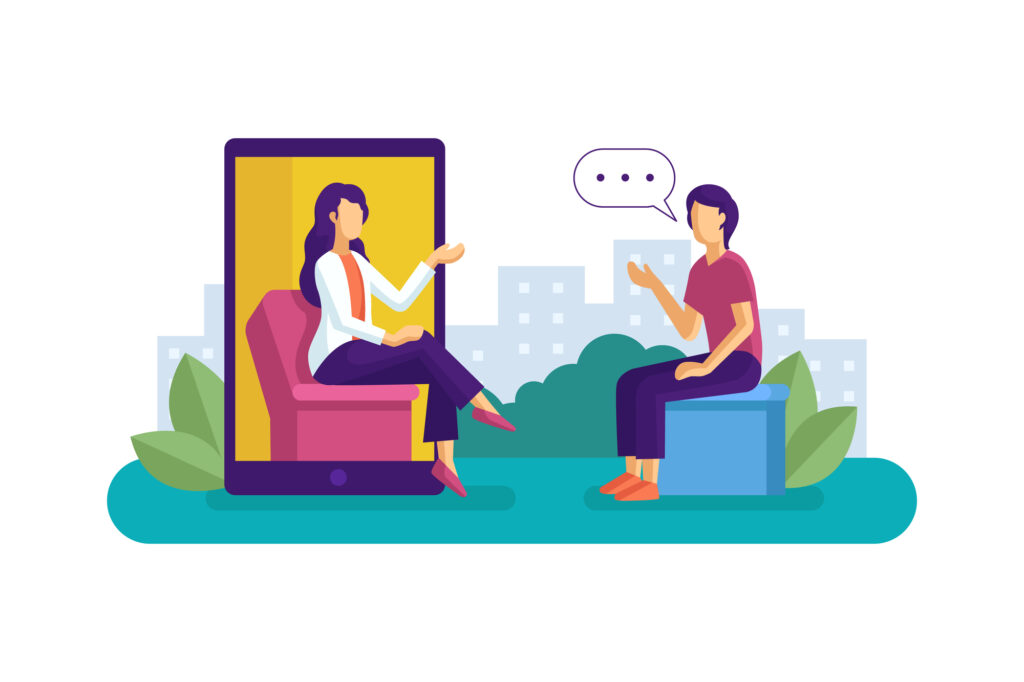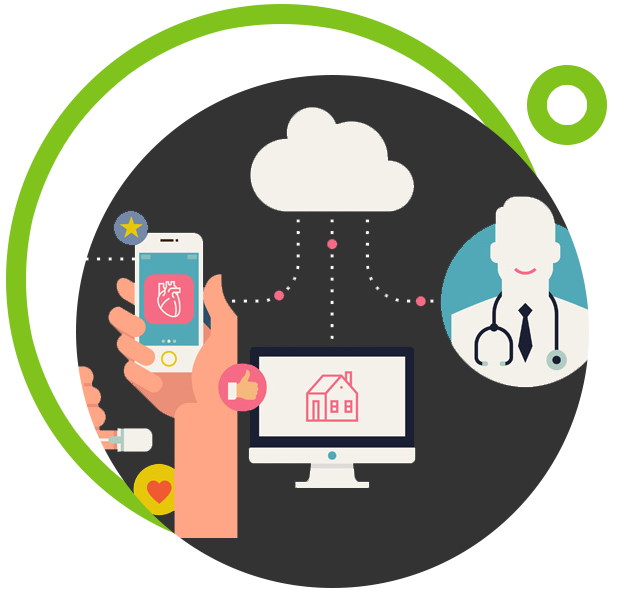
How long did it take for those charges to drop? Was it halfway through the cycle? When did you find out they didn’t? Billing is seldom a simple process, with a variety of different systems required to communicate in order to get reports from the procedure to the billing department. Missing reports can prevent the charges from dropping, wreaking havoc on your revenue cycle.
Reconciliation can catch this, but how often is this done? Once a month? Once a week? 7 days and up to 4 weeks is way too long to find a problem. When you consider how long payment cycles can drag on, delaying them further can be problematic.
I’ve written often on the problems network breaks can cause on clinical teams. Broken networks can cause frustration for every department, not just the clinical teams. Billing is connected to almost every system in the hospital or practice, it’s even more vulnerable to these problems, relying on all these systems working to get an accurate picture of the supplies and time. If the report from Radiology didn’t cross over from the PACS to the VNA to the EHR, will it ever show as completed? If it shows as completed, is the report actually there and available to the billing department?
There are dozens of systems with dozens of different tech stacks, from reporting to supplies to pharmacy, getting a hand on each one to make sure they’re talking can be difficult. With most identification of issues coming from the end user, you often won’t know there’s a problem until its too late. Automated applications and integration monitoring can avoid many of these delays. Notifying the right teams early so problems can be addressed quickly, often before the end users even notice, can keep these teams working and the revenue cycling.
Tido Inc. can help you avoid these costly delays. How confident are we in this? Quite, confident. We have over 10 years of experience partnering with health systems and hospitals on their technology needs, from application monitoring to a variety of digital packages to support their operations.
Need more convincing? Contact us! We’re happy to talk about our processes and some of the results we’ve achieved. In fact, we’re willing to give you 3 months free to try it out, but there’s a catch… Only if you mention the song hinted at in this blog! Check out the next This Week in Health Tech podcast with Vik Patel and I’ll reveal the song!
We know convincing our colleagues in the finance office of the value of this service can be challenging just on the say-so of the vendor, so we’ll help you show the results with a free trial before you have to go and ask for a bigger slice of that pie.





 All health systems, no matter if they are small, medium, or large are dealing with increasing number of applications. The COVID-19 pandemic has accelerated digital transformation in every major sector, vastly increasing our reliance on technology to meet many of our daily needs. And healthcare is no exception! Our health systems have greatly expanded their digital footprint to better serve our patients, empowering them to perform routine tasks without leaving the comfort of their home—such as paying bills, requesting medication refills, and even receiving personal health updates digitally.
All health systems, no matter if they are small, medium, or large are dealing with increasing number of applications. The COVID-19 pandemic has accelerated digital transformation in every major sector, vastly increasing our reliance on technology to meet many of our daily needs. And healthcare is no exception! Our health systems have greatly expanded their digital footprint to better serve our patients, empowering them to perform routine tasks without leaving the comfort of their home—such as paying bills, requesting medication refills, and even receiving personal health updates digitally.